Swiss seek to limit urban sprawl
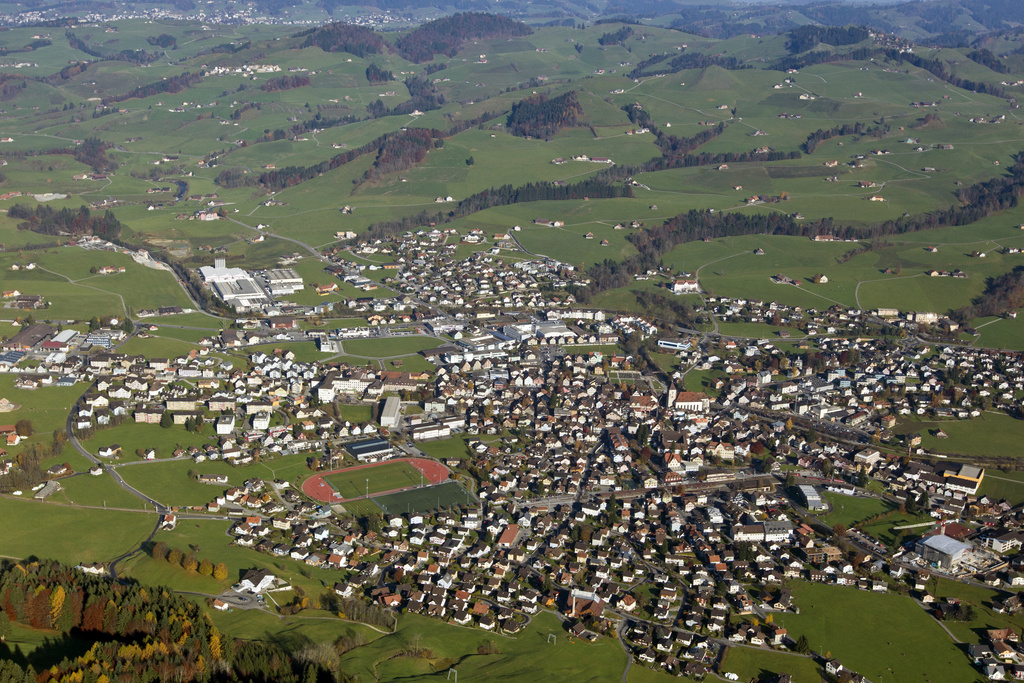
After a decision earlier this month to limit the spread of holiday homes, Switzerland is looking to limit rampant construction in the countryside.
Parliament has agreed a change to the law aimed at reducing the land area that can be developed. It comes in response to a people’s initiative demanding a 20-year building freeze.
There was much debate about construction in mountain areas in the run-up to the March 11 vote on a second homes initiative, which was narrowly passed by voters. But there are also large numbers of development projects underway in lowland areas.
To the visitor, Switzerland could appear to be one huge building site. Everywhere, or almost everywhere, new buildings – mainly private homes – are springing up like mushrooms.
Figures from the Federal Statistics Office back up this impression. Last year 67,750 new homes were built, two per cent more than in 2010. And since 2004, around 10,000 one-family houses have sprung up every year.
The rate of construction is partly due to the historically low mortgage rates in Switzerland. These are so low that repayments are often less than the rent on an apartment or house.
“This all favours the construction boom,” said Pierre-Alain Rumley, chair of land use and development at Neuchâtel University.
“It is also helped by legislation that allows people to use their pension fund to buy a home. Another point is that there has not been enough political intervention. Many people who build do so because they don’t see any other solution,” he said.
Twelve football fields
Environmental protection organisations condemn the urban sprawl, pointing out that the amount of land developed every day amounts to the equivalent of 12 football pitches. In an attempt to curb the building trend they launched a people’s initiative, “For the countryside”, in 2007.
The main demand is that the total area under construction in Switzerland does not increase for 20 years. Philippe Roch, the former head of the Federal Environment Office and a member of the initiative committee, believes urgent action is needed.
“For 40 years we have been talking about the square metre of land that is lost every second,” he said. “But the situation is no different today. The degree of destruction is far too great.”
The government and a majority of parliamentarians reject the initiative, which they deem too extreme and too inflexible.
In its place they have put forward a counter-proposal in the form of a revision of the federal zoning law. This reform proposes that areas for construction be defined in such a way as to meet the demands of the next 15 years.
It could result in existing development areas or those that are oversized or badly located being scaled back.
The other key measure concerns taxation. Owners of land which gains value will have to pay a tax corresponding to at least 20 per cent of the increase in value. The proceeds will be used to finance land use changes.

More
People’s initiative
Enough land
Switzerland’s population is on the rise and nearing the eight million mark. Given this, would it not be a bad move to reduce or even stop land development?
Not necessarily, as the country has enough development areas for several years to come.
“There is currently 58,000 hectares of construction land in Switzerland which has not yet been developed,” said Radical parliamentarian Jacques Bourgeois in a parliamentary debate.
“Many parcels of land were given over to construction in the 1970s, and today we’re living with the heritage of what was done then,” confirmed Rumley. “And some of these zones have been extended since.”
But this doesn’t mean that there is no shortage of building land.
“Theoretically there are enough construction zones,” Rumley said.
“If we look just at the number of areas that can be developed then there is enough to meet our needs for the next 20 years. But there is a problem in that some owners neither want to sell nor to develop their land.”
For environmentalists, the solution lies in increased urban density. “If we have to deal with 70,000 extra inhabitants a year, let’s not spread them out just anywhere,” said Roch.
“Let’s try to build up our towns a little and construct attractive buildings. Before dealing with population growth we need to make sure we preserve the maximum of space and quality of life.”
Rumley also sees increased density as a key to the problem, but not necessarily in towns.
“City centres have already been built up. It’s the suburban areas that we now have to build up. Even housing developments could have greater density. Instead of creating more developments, we could reduce the areas of parceled land and try to squeeze in a second building or small construction, for example for a childless couple.”
Withdrawal of initiative?
It is possible that the initiative “For the countryside” will never be voted on by the Swiss. “If parliament revises the law, the initiative will be withdrawn,” said Otto Sieber, Pro Natura secretary and president of the association “Yes to the countryside initiative”.
Other members of the initiative committee are more reticent. “Why should I believe that there will be a real change when we see that the government doesn’t have the will to act and the cantons are rebelling,” said Roch.
“It is important that the people have their say, because then the authorities cannot really do otherwise than respect their will.”
Green senator Luc Recordon is less certain, and sees many advantages to the counter-proposal.
But Recordon believes it is out of the question to withdraw the initiative while the counter-proposal is still on the table. And he doesn’t think opponents will risk asking the people to decide following the adoption of the second homes initiative.
2004: 12,957
2005: 12,407
2006: 12,031
2007: 11,982
2008: 11,320
2009: 9,149
2010: 9,887
Source: Federal Statistics Office
Cantons will have more scope to clear land, including outside construction zones, following a parliamentary decision. The Senate has followed the House of Representatives in agreeing a revision to the law on forests.
It will be possible for cantons to clear land to prevent a growth in area under forest to the detriment of farming land.
Forest covers 70% of the land surface area, and is growing at a rate of 650 hectares a year.
The legal revision also eases rules on compensation for felling. Measures to protect the countryside may taking the place of reforesting.
(Translated from French by Morven McLean)

In compliance with the JTI standards
More: SWI swissinfo.ch certified by the Journalism Trust Initiative

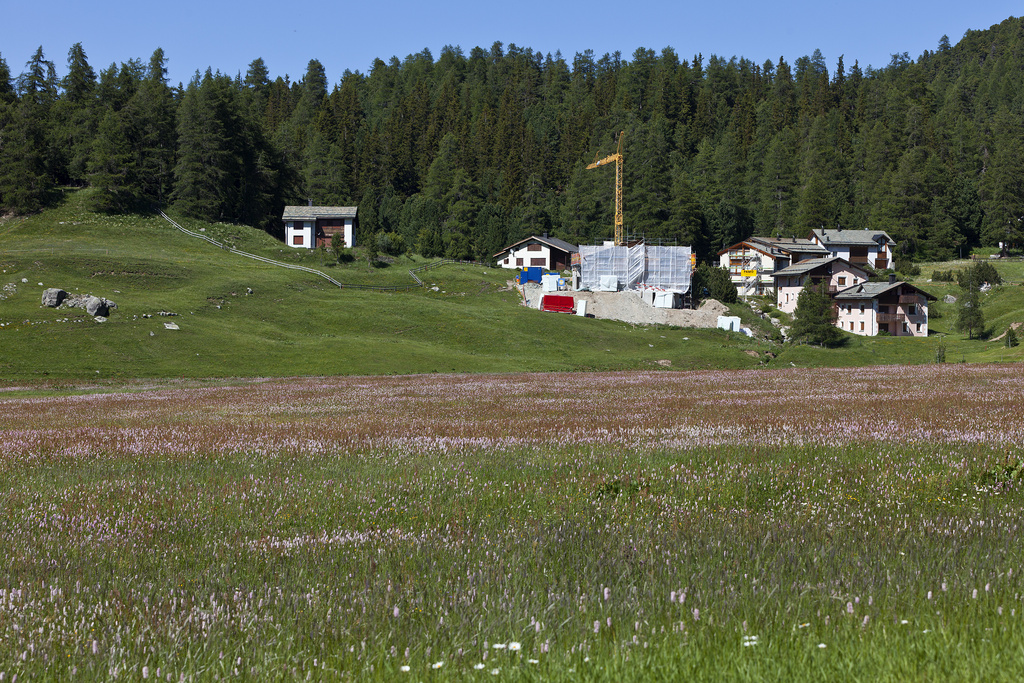
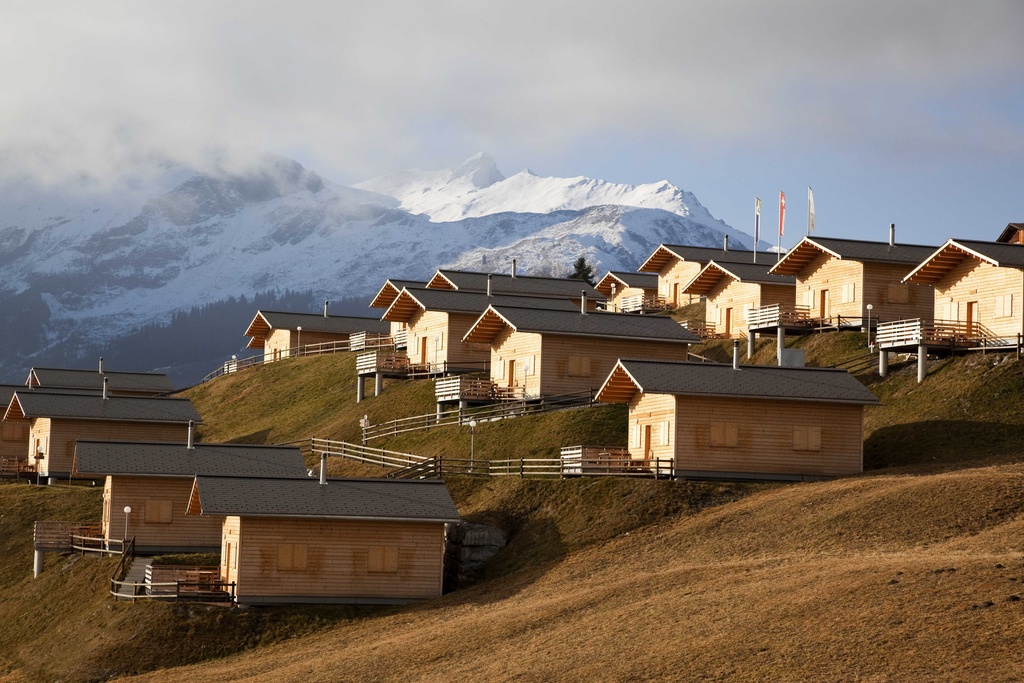
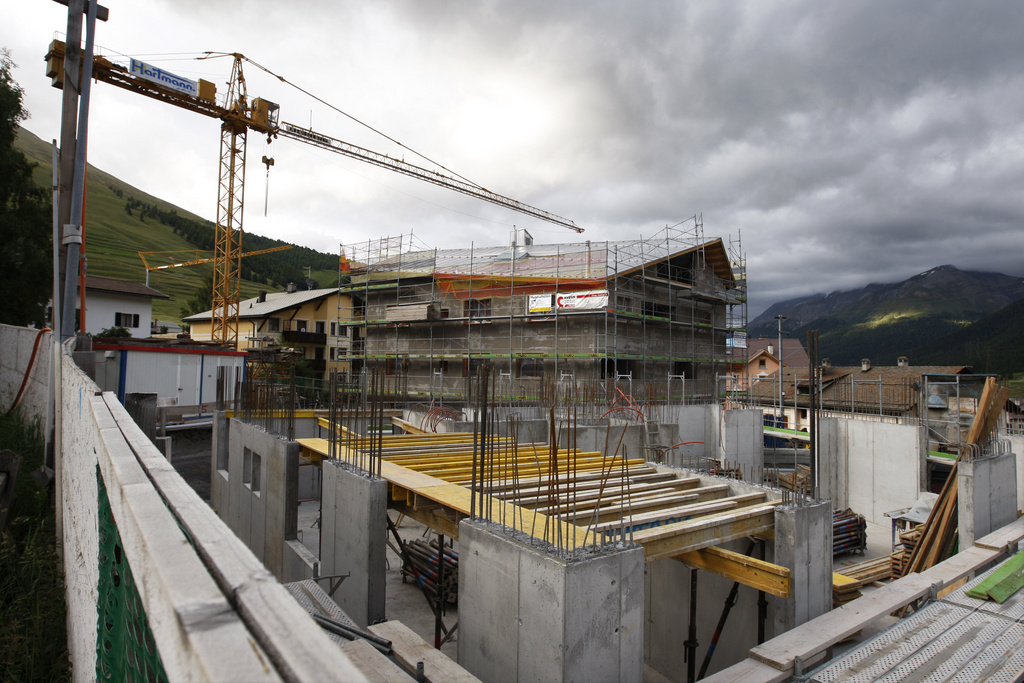
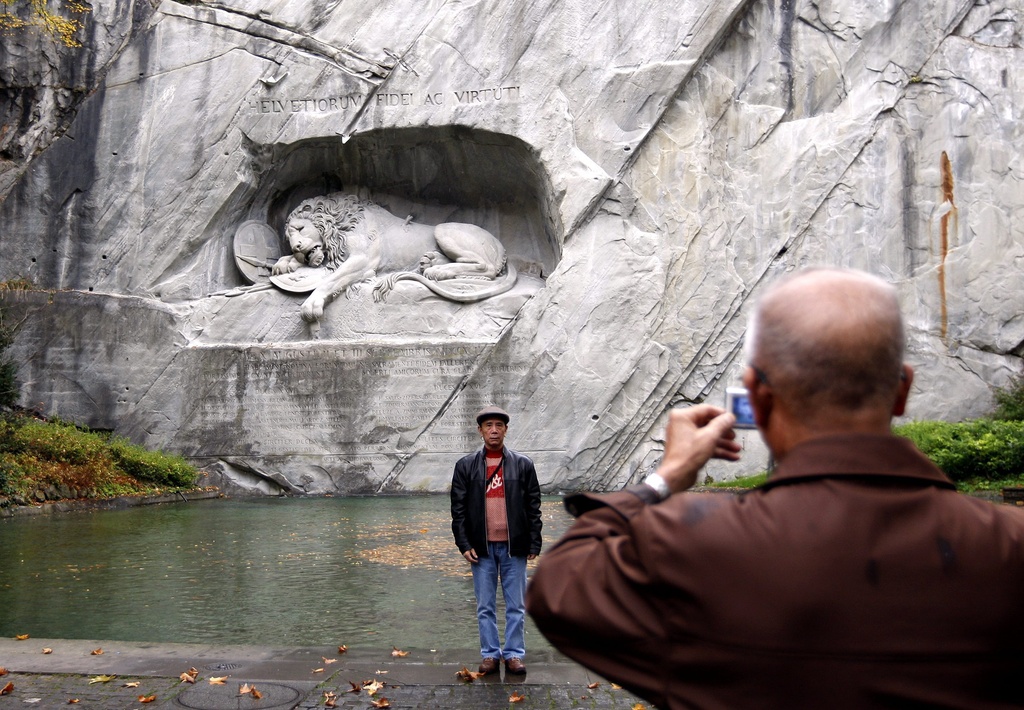
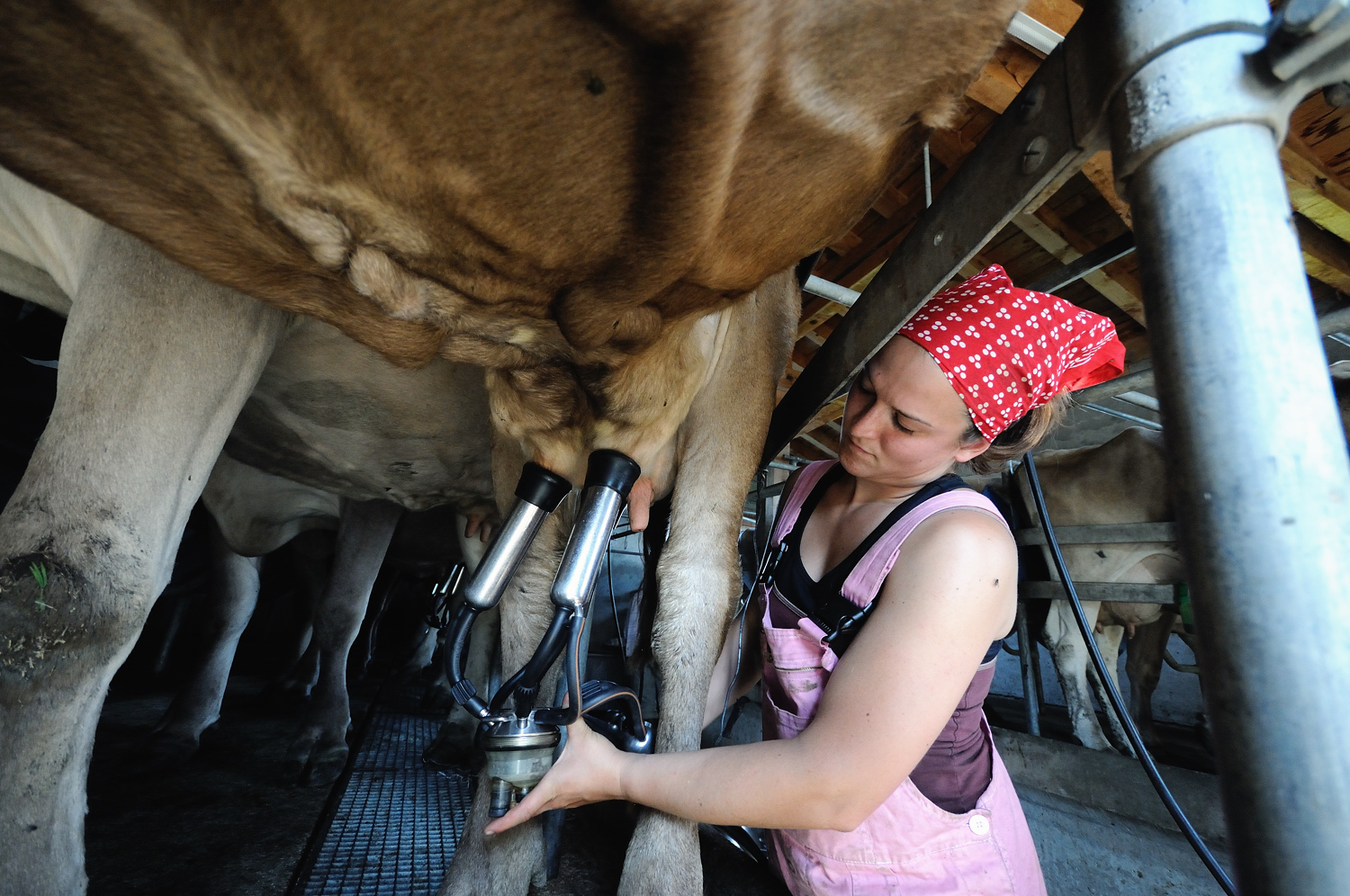
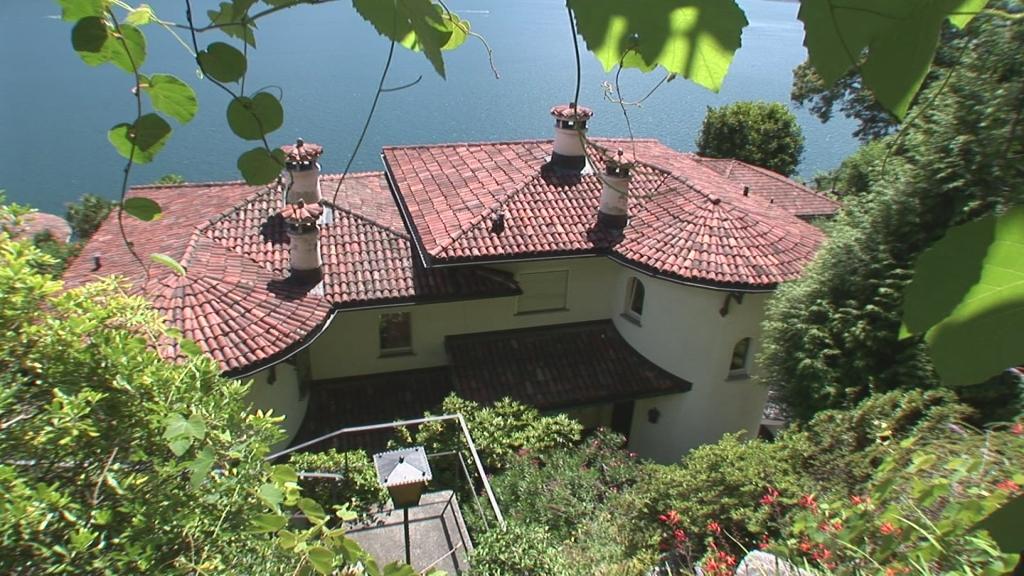
You can find an overview of ongoing debates with our journalists here. Please join us!
If you want to start a conversation about a topic raised in this article or want to report factual errors, email us at english@swissinfo.ch.